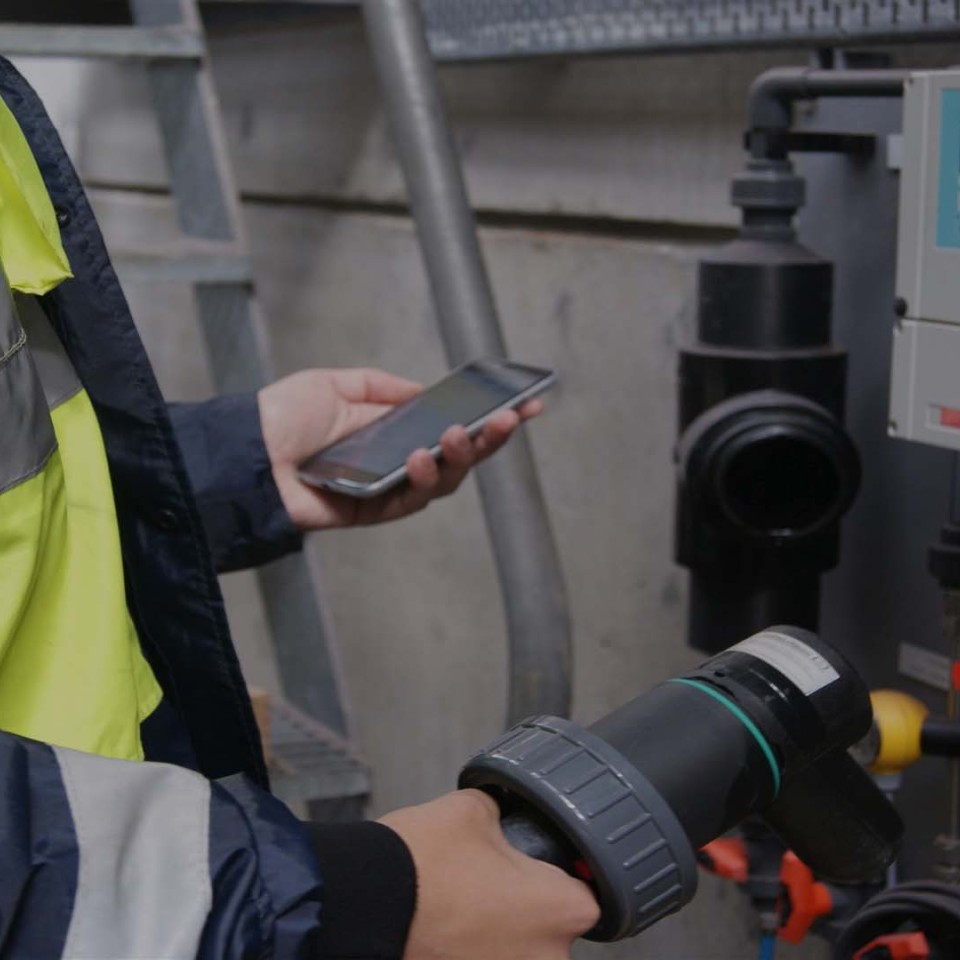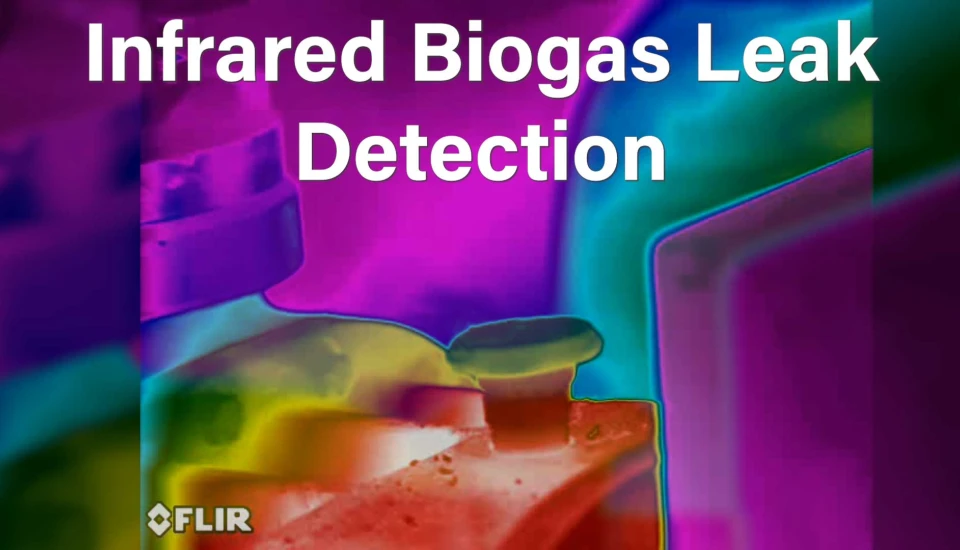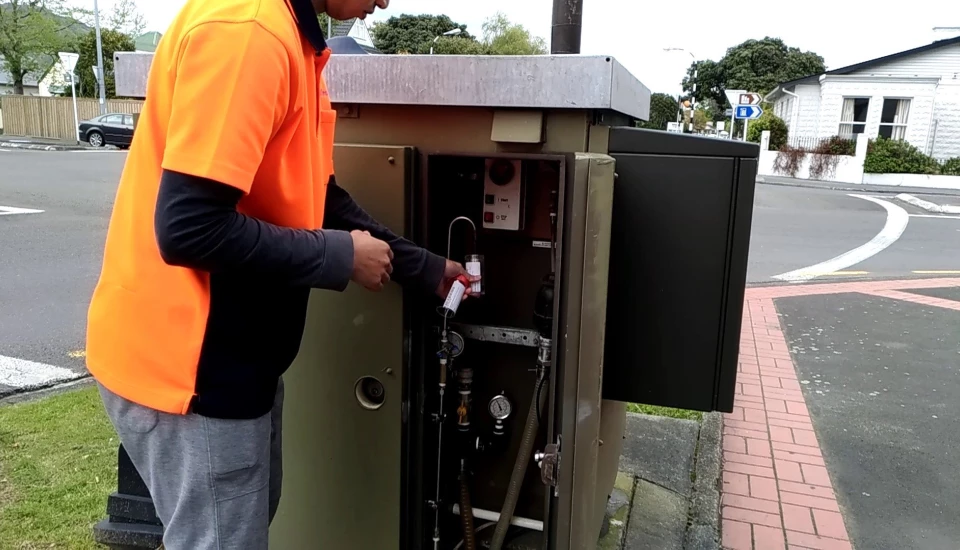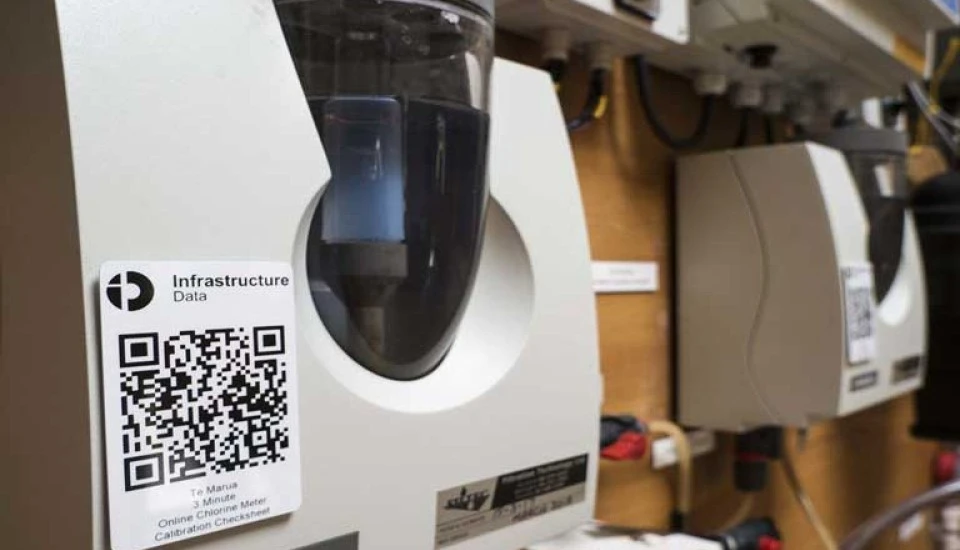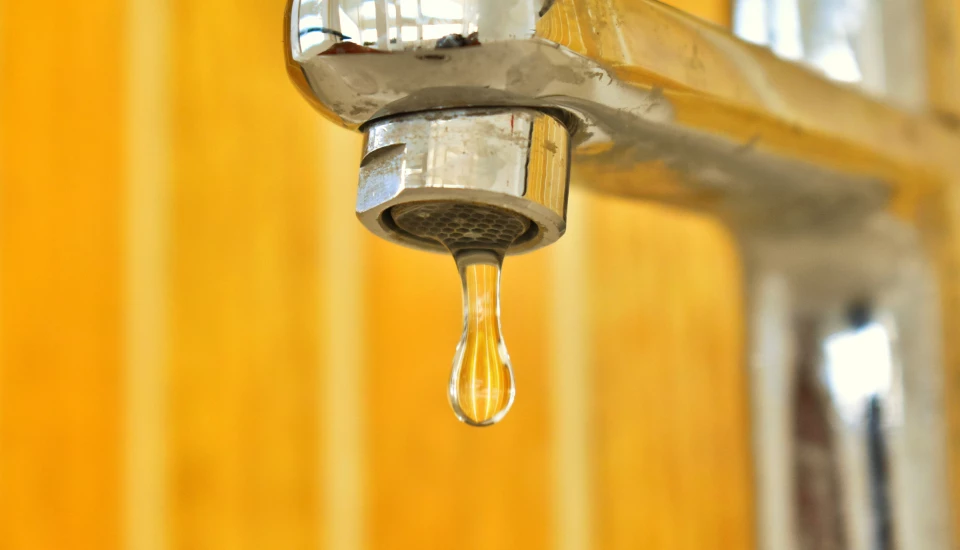970,000 people connected to registered water supplies were provided with water that did not meet New Zealand Drinking Water Standards in the 2018-2019 compliance year.
The Ministry of Health (MoH) published the Annual Report on Drinking Water Quality on June 30th 2020. The report covers the period July 1st 2018 to June 30th 2019 meaning it’s a year out of date already. It is disappointing that the transition to Drinking Water Online has not resulted in a faster turnaround of this information which is critical for driving improvements through community engagement.
The focus of the MoH report is on percentage compliance rather than percentage non-compliance. It is important to remember that the DWSNZ are the minimum standard that a water supplier should meet. Something else to remember is that this report does not cover the approx. 1 million people who are on unregistered supplies serving less than 100 people.
Let's take a closer look at the number of people connected to registered supplies being provided with water that’s not meeting the minimum standard:
970,326
People are being supplied with water that does not comply with the DWSNZ. That is a decrease of 81,560 people from the previous year.191,619
People are being supplied with water that does not comply with the bacteriological requirements of DWSNZ. That is a decrease of 130,857 from the previous year.868,401
People are being supplied with water that does not comply with the protozoal requirements of DWSNZ. That is a decrease of 99,027 from the previous year.101,925
People are being supplied with water that does not comply with the chemical requirements of DWSNZ. That is an increase of 59,696 from the previous year.If we look closer at the number of people being supplied with unsafe water, we can see that most people receiving water that is non-compliant with the bacteriological requirements are in the minor supply size bracket (500-5000 people). That is 74,800 people. There are also 190,778 people in the minor supply size bracket that are receiving water that is non-compliant for protozoal treatment. This is second only to the large supplies, where protozoal non-compliance is dominated by the Christchurch water supply.
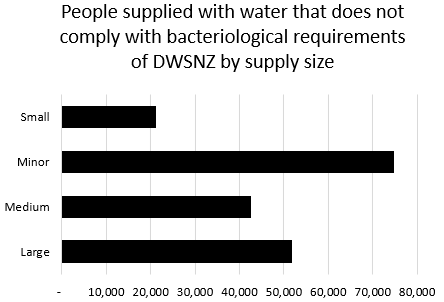
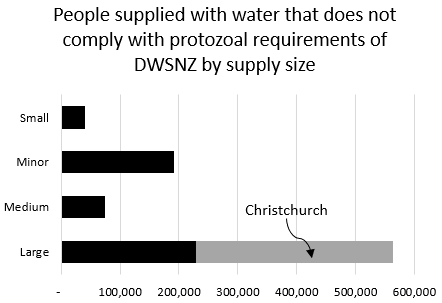
Overall, we have seen a 3.6% increase in compliance compared to the previous year. A lot of people are working very hard on improving their compliance performance but is a 3.6% improvement enough? We don’t think so; we’ve all got a huge challenge ahead of us to get the country up to 100% compliance. The recent Government announcement of a $761M fund to improve water infrastructure should greatly accelerate progress. Given the large number of people who get unsafe water, this funding would seemingly get the most value for money by prioritising the minor water supplies.

